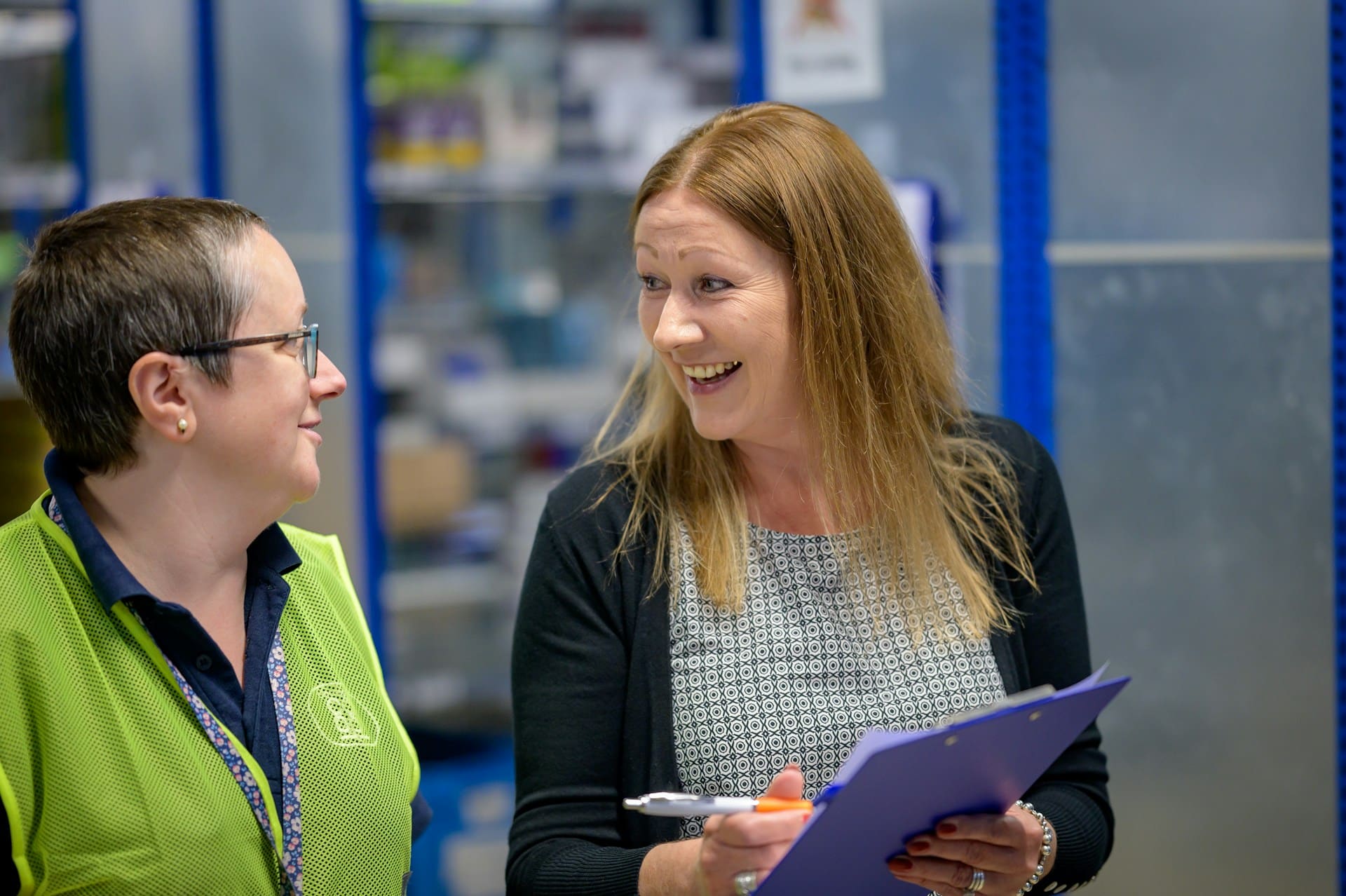- The Meaning of Critical Thinking: A Key Skill for Navigating Today’s Information Landscape - November 3, 2025
- Grandparents Can Develop Activist Grandchildren - September 29, 2025
- Top Six Reasons Credit Union Benefits Are a Smart Choice Over Banks - August 18, 2025
Last Updated on June 4, 2025
In this post, I review the petition definition, how petitions change laws, and how to create a petition to support your cause. Petitions are a good tool for every activist to keep in their toolbox.
Petition Definition: What Is a Petition?
A petition is a formal written request, with signatures from many people, sent to a government body or organization to request they take specific action. A well-crafted petition clearly states what needs to change and why it is crucial. The goal is to gather as many signatures as possible, demonstrating widespread support for the cause.
Petitions can raise awareness about your cause and, hopefully, influence legislation and policy. A tool for many causes, it can address issues ranging from a local issue such as better signage at an intersection, to a request that all countries address climate change.
Do Petitions Work?
Petitions can be a powerful tool for social change, especially when they are well-targeted and signed by a broad group of people. Online petitions can get many signatures quickly. However, the success of a petition usually depends on how it is followed up, such as using other methods such as lobbying and social media to spread the issue.
One example of success is the 2020 Change.org petition “Justice for George Floyd,” which gathered over 19 million signatures. The massive public outcry contributed to protests and legislative changes in police accountability.
Understand How Petitions Change Laws

The next step after awareness is for people to change their behavior to support the issue. A petition raises awareness, and when multiple people are aware of an issue, the cause builds momentum. This momentum can influence people who make policies and laws.
For example, petitions can be used to gather opinions and data to be shared with decision-makers. That may result in them doing further research, changing their position, supporting the request, and even sponsoring the issue. Petitions can also change laws through legal challenges.
Examples of petitions (with additional campaign activities) that changed laws include:
- The legalization of same-sex marriage in many countries, including the United States.
- The Federal Communications Commission (FCC) reclassified internet service providers as common carriers, protecting net neutrality.
- The gray wolf and the grizzly bear were listed as endangered species.
- The minimum wage was increased in Seattle, San Francisco, and New York City.
- Some states and cities require background checks for gun purchasers and/or ban assault weapons.
Impact on Corporations: An Example
You can also use petitions to request changes from businesses and corporations. One of my favorites is the Change.org petition to get Amazon to reduce plastic use in their packaging.
Thousands of the products on Amazon are shipped with plastic wrapping and cushioning materials unnecessarily.
We are petitioning for a ‘Plastic-free’ option at checkout and ‘Plastic-free’ labeling available for sellers who already choose eco alternatives.
It’s unfair that so much plastic is being put into the world when it is avoidable and safe eco options to replace bubble wrap, shrink wrap and styrofoam are available.
Much of the plastic included in e-commerce shipping is not recyclable at all or is very difficult to recycle given the lack of facilities. 91% of all plastic ends up as litter, in landfills or incinerated. Paper and other biodegradable materials are as effective and similar in price to plastic and bubble-wrap, which Amazon requires from it’s marketplace sellers. It’s time they updated both their checkout options and their marketplace requirements to remove the ‘bubble-wrap non-compliance’ penalties.
Since Amazon ships over 50% of the packages in many countries, we are asking them to set an example and offer materials that are more easily recycled and reused so consumers can feel better about the need to shop online and gain more control over what arrives on their doorstep.
According to scientists, about 17.6 billion pounds of plastic enter the ocean annually and there are more than 5 trillion pieces of plastic floating in our oceans. This plastic enters from all nations, including the US and European countries by way of waste export. Why add more?
Please grant consumers the choice to go ‘Plastic-free’. It’s not acceptable for major businesses to leave consumers with so few choices and we are fed plastic we didn’t ask for that later ends up in landfills or in our rivers and oceans. Plastic-free choices should be accessible and plentiful if we want to see lasting change and a dramatic decrease in plastic waste. Let’s take a big step forward and make ‘Plastic-free’ a regular option on all checkout forms. Amazon has an opportunity to set a GREAT example.
Victory! This petition made change with 784,793 supporters!
Have Fun!
If you want to put a smile on your face and increase your faith in humankind, browse the Change.org victories page. The petitions range from bringing back a Taco Bell menu item to getting air conditioning in FedEx trucks to getting PayPal to offer services in Ukraine.
How to Create a Petition
Here is how to start a petition. You can launch petitions in both physical and digital formats. And online platforms like Change.org make creating and sharing petitions easy. In contrast, you can circulate physical petitions at events or by canvassing to gather in-person signatures.
Here’s a step-by-step guide to creating a petition.
Be Clear About Your Goals
Clearly envision what you want to achieve with your petition. Do you want to show a volume of signatures or potentially collect data that can be shared with decision-makers? Petitions can change laws, so be clear if that is your ultimate goal.
A petition with a specific, actionable demand can help decision-makers decide what to do. A clear goal also helps you get more signatures.
Also, be clear about who will read the petition. You want to direct the petition to people with the authority to make the desired change.
Make Your Petition Compelling
Grab people’s attention with an attention-grabbing title. Then, write a clear and concise description of your issue, your goal, and the benefits of supporting the petition. Include statistics and personal stories to provide more weight to your request.
Get Wide Coverage For Your Petition
Now, maximize the number of people who will see your petition. Share your petition on social media and email. Then, follow-up actions like media coverage lobbying will increase the petition’s reach.
Petition Template Example
Here is an example template you can follow to create your own.
Petition Title: Increase Access to Affordable Mental Health Services in [Community Name]
Petition Goal: To urge [Local Government/Healthcare Providers] to expand affordable mental health services and improve mental health resources for residents of [Community Name].
Petition Summary: Mental health is as vital as physical health, yet many in our community struggle to access the care they need. Whether due to high costs, long wait times, or a lack of available services, people in [Community Name] are often left without the support they deserve.
We believe everyone should have access to affordable and timely mental health care. By signing this petition, you are joining the call for [Local Government/Healthcare Providers] to prioritize mental health services in our community. We are asking for increased funding for mental health programs, expanded access to affordable counseling, and the establishment of more local mental health clinics.
Our demands include:
- Increased Funding: Allocate more resources to mental health services, ensuring they are available to all residents, regardless of income.
- Affordable Counseling: Offer subsidized or sliding-scale counseling services to make mental health care affordable for everyone.
- Expanded Services: Open new mental health clinics or expand existing facilities to reduce wait times and improve accessibility.
Why This Matters:
- 1 in 5 adults in the United States have a mental health diagnosis.
- Untreated mental health problems can lead to unemployment, homelessness, and other significant challenges in our community.
- Access to mental health services is a human right that must be prioritized.
By signing this petition, you are helping to ensure that mental health care becomes a priority in [Community Name]. Together, we can create a healthier and more supportive environment for everyone.
Signatures Goal: 10,000 signatures by [Deadline Date]
Petition Delivery: Once the signatures are collected, we will deliver this petition to [Local Government Officials, Healthcare Providers, or Relevant Decisionmakers] to push for immediate action.
How Petitions Fit into the 5-Step Activism Path
The 5-Step Activism Path guides activists to focus their passion and maximize their impact. Using petitions aligns with several of these steps and can be crucial in your activism journey.
- Identify the cause closest to your heart. Once you’ve pinpointed your focus, a petition can help you rally others around that cause. For example, if you’re passionate about mental health advocacy, you could create a petition like the example above to improve community access to mental health services.
- Understand the gifts you bring to the activism table. What are your best skills? What motivates you? Creating and executing a petition would be a good choice for someone who enjoys writing and talking with others about their cause. Networking skills will contribute to a successful petition.
- Find the best activism method for you. As I’ve discussed, petitions are more likely to be successful as part of a more extensive campaign. Ideally, you should choose the activism method that lights your fire and uses your gifts. That might be teaching, art, or leadership. Petitions can be one tool in your toolbox.
- Check your impact. A petition allows you to measure your progress based on your goals. Seeing the number of signatures rise will be motivating, and you should be able to determine whether your outcome is a victory.
- Stay motivated. This includes creating an action plan, setting goals, and staying energized. Petitions are likely part of your larger strategy. Celebrate each petition’s success and remind yourself how your work makes a difference for your cause.
READ NEXT
I hope this post helped you better understand the petition definition, how petitions change laws, and how to create a petition to support your cause.
I’m Swamped! How Can a Slacktivist Make A Difference In The World?
CNN Article on Successful Petitions



